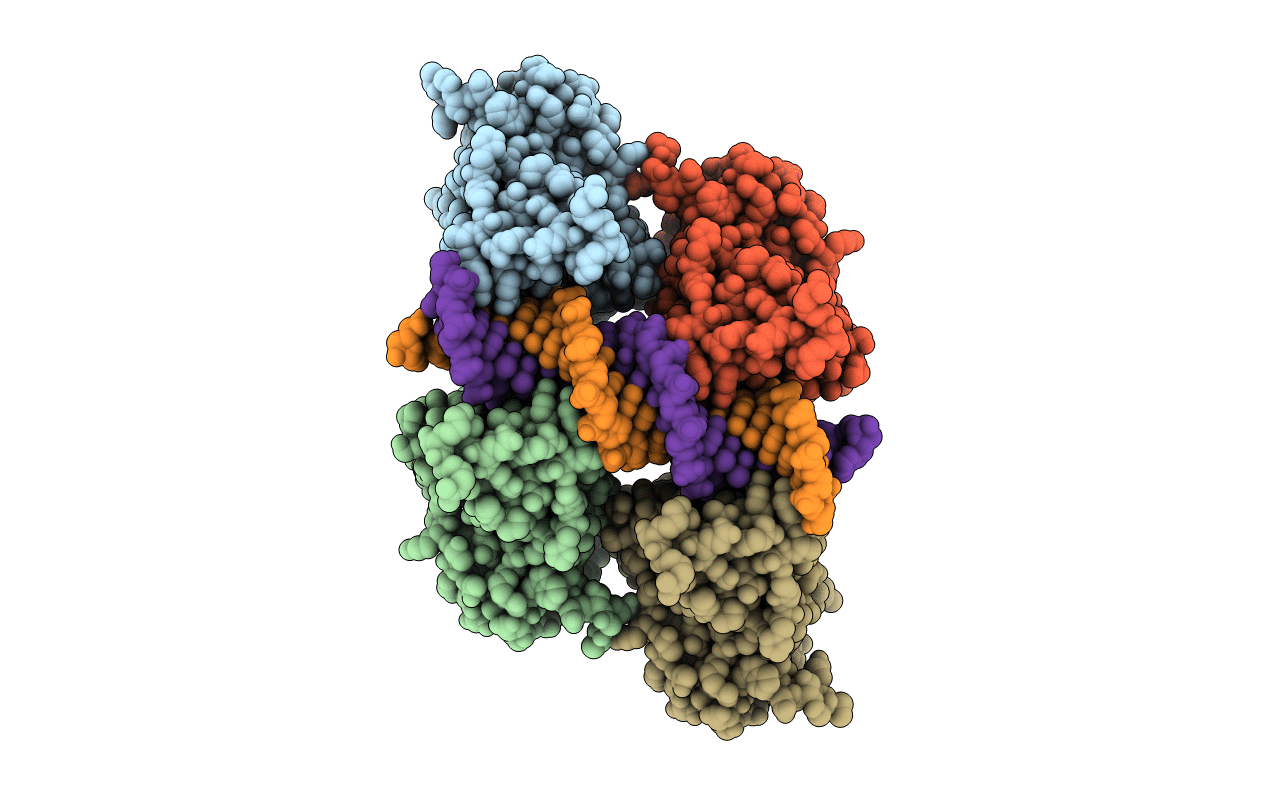
Deposition Date
2012-10-12
Release Date
2013-07-17
Last Version Date
2024-02-28
Entry Detail
PDB ID:
4HJE
Keywords:
Title:
Crystal structure of p53 core domain in complex with DNA
Biological Source:
Source Organism:
Homo sapiens (Taxon ID: 9606)
Host Organism:
Method Details:
Experimental Method:
Resolution:
1.91 Å
R-Value Free:
0.22
R-Value Work:
0.18
R-Value Observed:
0.18
Space Group:
P 21 21 21


